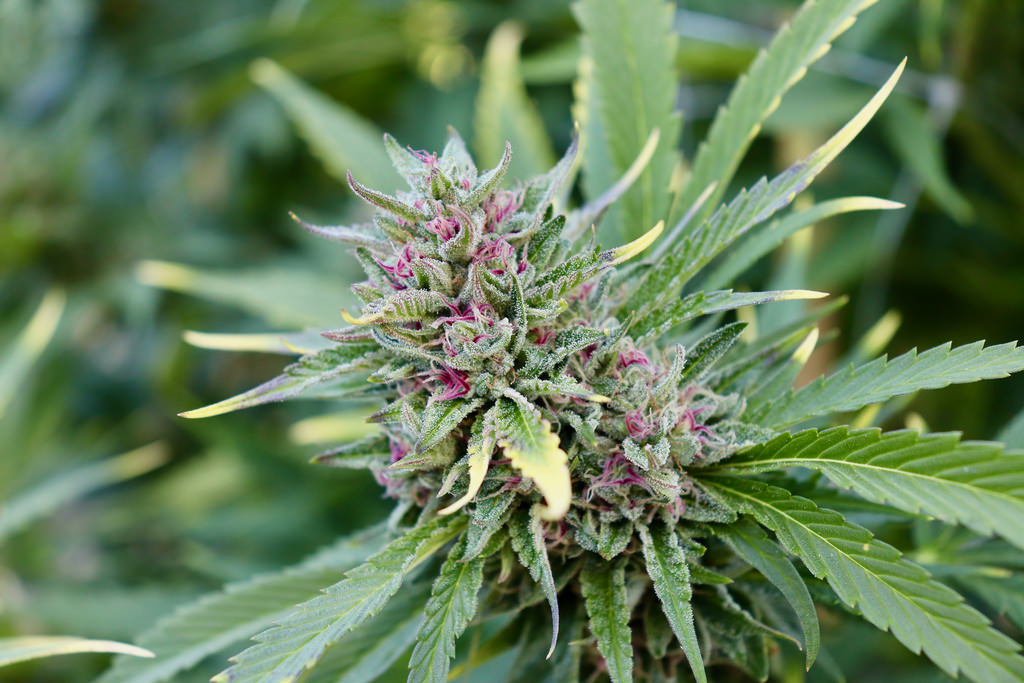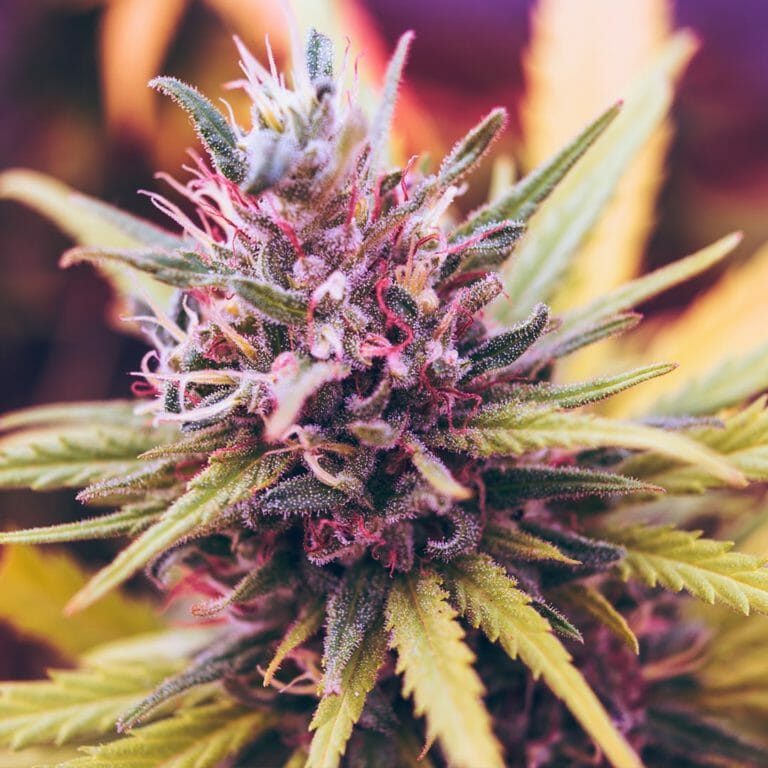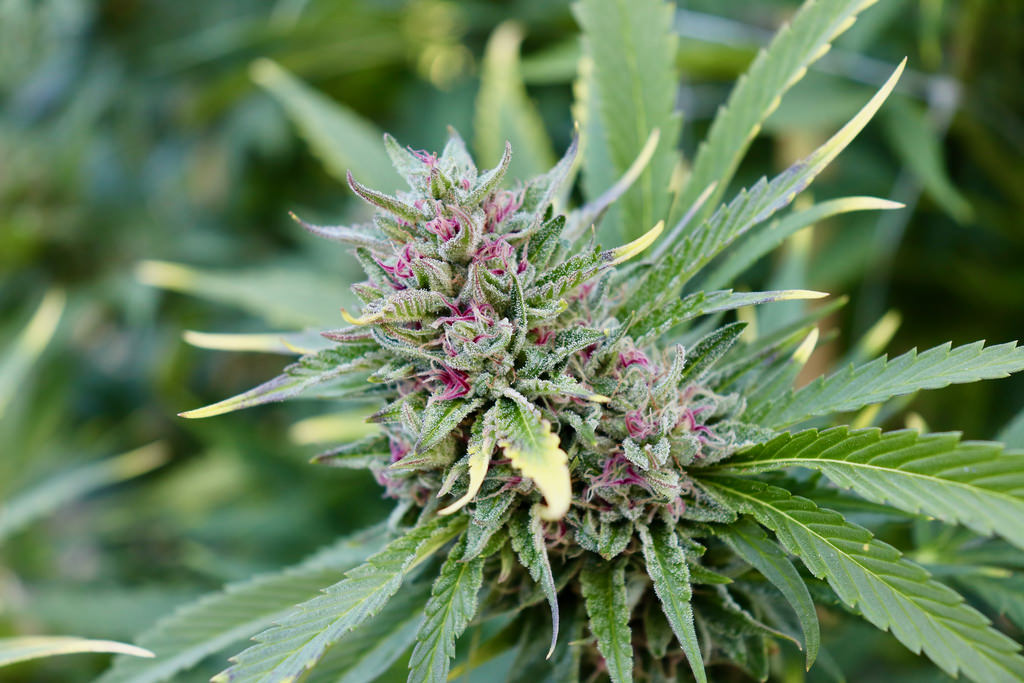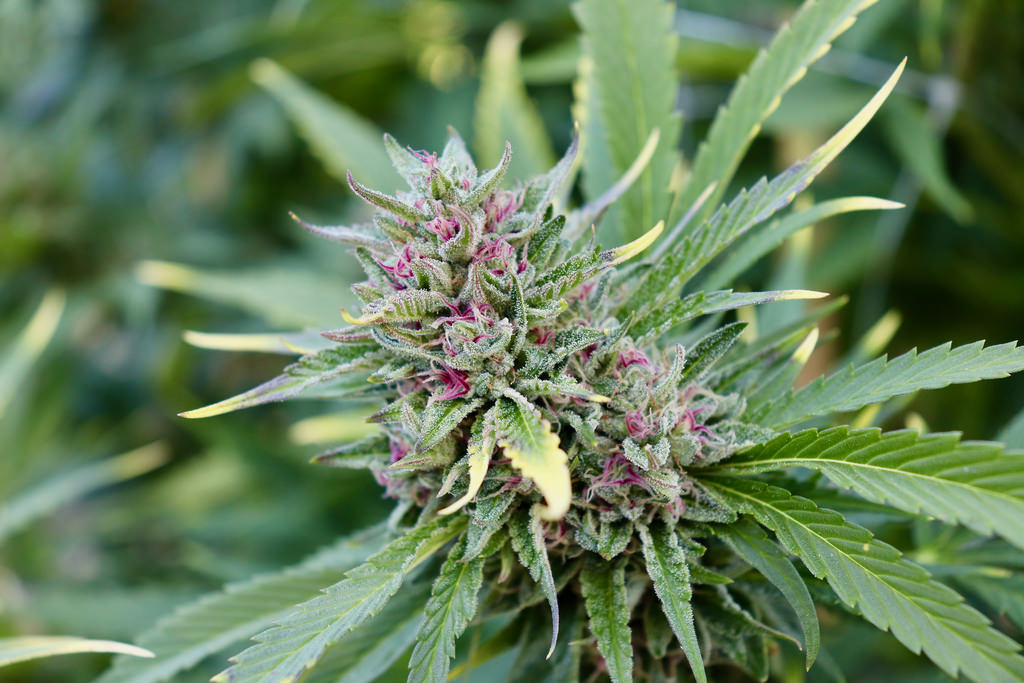How to Minimize Health Risks When Using Cannabis in the uk
Cannabis consumption has become increasingly popular, both for medicinal and recreational purposes. While many individuals use cannabis safely, it is essential to be aware of the potential risks involved in its consumption and how to minimize them. Whether you’re a seasoned user or a beginner, understanding the best practices for safe cannabis consumption can help ensure a positive experience while minimizing any potential health risks. In this blog post, we’ll explore key strategies for safely consuming cannabis and reducing health risks.

1. Start Low, Go Slow
For new users or those trying a different cannabis product, it’s essential to start with a low dose and gradually increase it. The effects of cannabis can vary depending on the individual, the strain, and the method of consumption. Starting with a small dose ensures you can gauge how your body reacts to the product without overconsuming.
- For edibles: Start with a low dose (usually 5-10 mg of THC) and wait at least 2 hours before taking more. Edibles take longer to kick in compared to smoking or vaping.
- For smoking/vaping: Start with a small amount and give yourself time to feel the effects before consuming more.
Taking it slow minimizes the risk of overconsumption, which can lead to anxiety, paranoia, or other uncomfortable side effects.
2. Choose the Right Product for Your Needs
Cannabis comes in many forms, including dried flower, oils, edibles, tinctures, and topicals. Each method of consumption carries different risks and benefits:
- Smoking and Vaping: While these methods are the quickest ways to feel the effects of cannabis, they also pose risks to respiratory health. Vaping is considered somewhat safer than smoking, but it’s still essential to avoid overuse to reduce irritation to your lungs.
- Edibles: These provide a longer-lasting effect but can also lead to unpredictable outcomes if not consumed carefully. Since the body processes edibles more slowly, some people might consume too much, not feeling the effects until it’s too late.
- Oils and Tinctures: These are fast-acting and can provide a more controlled dosage. They’re great options for those who want to avoid smoking or vaping.
Make sure to choose a product that aligns with your experience level and intended effects. For example, if you’re looking for pain relief, a CBD-rich product might be ideal, whereas THC-rich products are often better for recreational or sleep-related purposes.
3. Avoid Mixing with Alcohol or Other Substances
One of the most important safety tips for cannabis use is to avoid mixing cannabis with alcohol or other drugs. Combining cannabis and alcohol can enhance the effects of both substances, leading to heightened impairment, dizziness, and an increased risk of accidents.
- Drowsiness and confusion: Combining cannabis with alcohol can amplify drowsiness or confusion, impairing your coordination and judgment.
- Increased risk of overdose: When combined with other substances, cannabis may interact in unpredictable ways, potentially leading to uncomfortable or even dangerous situations.
To keep things safe, it’s advisable to consume cannabis when you’re not planning to drink alcohol or take any other drugs. If you choose to drink or use other substances, it’s best to wait until their effects have worn off before consuming cannabis.
4. Be Mindful of THC Content
The concentration of THC (tetrahydrocannabinol) in cannabis products varies significantly. High-THC products are known for their intense psychoactive effects, which can be overwhelming for inexperienced users or those sensitive to THC.
- Look for low-THC products: Especially if you’re new to cannabis or trying a new method of consumption. High-THC products can lead to unpleasant experiences such as paranoia, dizziness, or anxiety.
- Check labels: Ensure you know how much THC is in the product you’re using and adjust your dosage accordingly. Some products, like edibles, can be very potent, so understanding the concentration of THC helps prevent accidental overconsumption.
For those new to cannabis or seeking a more controlled experience, products with higher CBD (cannabidiol) content and lower THC levels may be a better option, as they are less likely to cause intense psychoactive effects.
5. Avoid Driving or Operating Heavy Machinery
Cannabis can impair cognitive and motor skills, including reaction time, coordination, and decision-making. It’s essential to avoid driving or operating heavy machinery while under the influence of cannabis, especially if you’ve consumed a product high in THC.
- Wait until the effects wear off: If you’ve used cannabis, it’s important to wait until you feel completely sober before engaging in activities that require concentration, such as driving.
- Consider alternative transportation: If you need to go somewhere, consider using public transportation, a taxi, or a rideshare service like Uber or Lyft. Ensuring your safety and the safety of others on the road is crucial.
6. Hydrate and Eat Before Consumption
Cannabis, especially THC, can sometimes cause dry mouth (cottonmouth) or a decrease in appetite. Staying hydrated and having food in your stomach before consuming cannabis can help alleviate some of these effects.
- Drink water: Keep a glass of water nearby to stay hydrated and combat the dry mouth that often accompanies cannabis consumption.
- Eat beforehand: Having a light meal before using cannabis helps reduce the likelihood of feeling nauseous or lightheaded during consumption.
Additionally, if you’re consuming cannabis for medical purposes, such as pain relief or nausea management, it’s important to speak with a healthcare professional about your specific needs and how cannabis might affect your appetite or other bodily functions.
7. Store Cannabis Products Safely
To prevent accidental consumption, especially by children or pets, store cannabis products safely. Keep them in childproof containers and out of reach from others. Proper storage also preserves the potency and quality of cannabis, ensuring it remains effective and safe to use over time.
- Label your products: Clearly label any cannabis products to ensure that there’s no confusion about what you’re consuming.
- Store in a cool, dry place: This helps preserve the cannabinoids and ensures the cannabis stays potent for longer.
8. Know Your Tolerance and Use Responsibly
Everyone reacts to cannabis differently. Understanding your tolerance is one of the most important factors in minimizing health risks. If you’re not sure how your body will respond, take it slow and give yourself plenty of time to assess the effects. Keep track of what works best for you, and use cannabis responsibly.
- Avoid frequent overuse: While cannabis is not physically addictive, regular overconsumption can lead to dependence or other mental health concerns. Be mindful of your use, especially when using cannabis for recreational purposes.
- Recognize when you’ve had enough: If you’re feeling uncomfortable, stop consuming and give your body time to adjust. Knowing your limits is key to enjoying cannabis safely.





